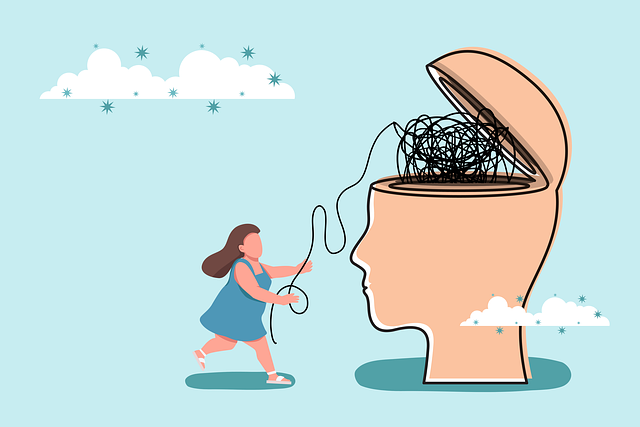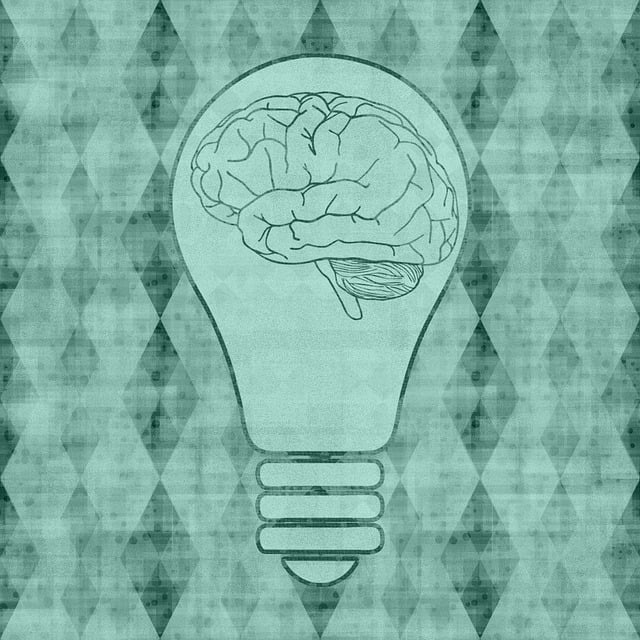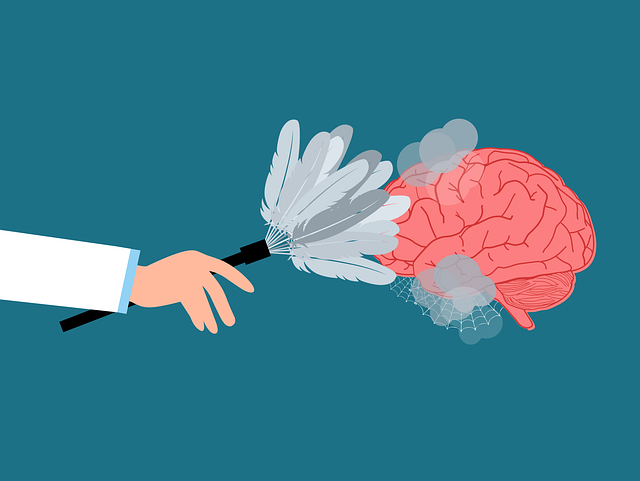In today's digital era, Longmont Terminal Illness Therapy (LTIT) apps are gaining popularity as accessible and effective solutions for mental wellness. These apps cater to individuals facing barriers to traditional therapy, offering tools for emotional healing and stress management through data-secure, user-centric designs. LTIT apps, like a trailblazer in mental health tech, integrate specialized care, community support, and coping strategies, reducing stigma and enhancing emotional well-being. Their development should include key features such as tailored self-care exercises, mood tracking, and public awareness campaigns to normalize mental health discussions. The app's success is measured through user engagement and feedback, ensuring continuous improvement in managing terminal illness-related mental health challenges.
In today’s digital age, mental wellness app development has emerged as a powerful tool for addressing growing mental health concerns. With an increasing demand for accessible support, apps like Longmont Terminal Illness Therapy are revolutionizing therapy services. This article explores the evolving landscape of mental wellness apps, focusing on understanding user needs, tailoring effective solutions, and the development process behind successful applications. We delve into key features, measurement strategies, and how apps can create long-lasting positive change.
- Understanding Mental Wellness App Needs in a Digital Age
- Longmont Terminal Illness Therapy: Tailoring Digital Support
- Key Features for Effective Mental Health Apps
- Development Process: From Concept to Release
- Measuring Success and User Engagement for Long-Term Impact
Understanding Mental Wellness App Needs in a Digital Age

In the digital age, understanding mental wellness app needs is more crucial than ever. With a growing awareness and acceptance of mental health issues, there’s a corresponding rise in demand for accessible, effective solutions. Longmont Terminal Illness Therapy (LTIT) apps offer a promising avenue to cater to this need, providing individuals with tools for emotional healing processes, stress management, and improved mental wellness. These digital interventions can be particularly impactful for those who face barriers to traditional therapy, such as cost, accessibility, or stigma associated with seeking help.
Apps designed for mental health support must also address critical aspects like risk management planning for mental health professionals. By integrating features that ensure data security and privacy, these platforms contribute to reducing the stigma surrounding mental illness. Effective mental wellness app development considers not just technological capabilities but also cultural sensitivity and user-centric design, ensuring that Emotional Healing Processes are enhanced while fostering an inclusive environment for all users.
Longmont Terminal Illness Therapy: Tailoring Digital Support

In the context of mental wellness app development, Longmont Terminal Illness Therapy stands out as a pioneer in tailoring digital support tailored to patients’ unique needs. By focusing on terminal illness, this therapy offers specialized care that goes beyond general stress management workshops and inner strength development. The app leverages technology to connect individuals facing these challenges with essential resources, community support, and coping strategies, thereby reducing the stigma associated with mental illnesses.
Through interactive features and personalized plans, Longmont Terminal Illness Therapy fosters a sense of belonging and empowerment among users. By addressing specific emotional and psychological needs often overlooked in mainstream mental health apps, it ensures that individuals receive holistic care that resonates deeply with their experiences. This approach not only enhances their quality of life but also promotes resilience as they navigate the complexities of terminal illness.
Key Features for Effective Mental Health Apps

Mental wellness apps have gained significant traction, offering accessible and personalized support for users’ mental health journeys. For an app to be truly effective, it should incorporate several key features. One of the most crucial is Longmont Terminal Illness Therapy integration, enabling professionals to provide specialized care remotely. This feature caters to individuals who might face barriers in accessing traditional therapy, especially in underserved areas.
Additionally, these apps must facilitate user self-care practices with tailored exercises for stress reduction, mindfulness training, and mood tracking. Incorporating Risk Assessment for Mental Health Professionals tools allows for early detection of distressing symptoms, enabling timely interventions. Public Awareness Campaigns Development can also play a vital role in normalizing mental health discussions, encouraging users to seek help, and fostering a supportive community within the app ecosystem.
Development Process: From Concept to Release

The development process for a mental wellness app, like Longmont Terminal Illness Therapy, begins with conceptualization and ends with release. It involves several stages, each requiring meticulous planning and execution. Initially, researchers and developers collaborate to understand the target audience’s needs, identifying specific mental health challenges or areas that require support. This phase is crucial for aligning the app’s features with users’ expectations, ensuring relevant content, and integrating evidence-based practices such as Conflict Resolution Techniques.
Designers then create user interfaces and experiences, focusing on accessibility and engagement. The Mental Health Education Programs Design plays a significant role here, shaping informative yet interactive modules that educate users while providing tools for self-care. Simultaneously, audio engineers and producers work on the Mental Wellness Podcast Series Production, curating content that includes expert interviews, mindfulness exercises, and personal narratives to enrich the app’s overall experience. Testing and iterations follow, ensuring the app meets high standards of functionality and user satisfaction before its official release.
Measuring Success and User Engagement for Long-Term Impact

Measuring success and user engagement is paramount for mental wellness apps aiming to create long-term impact, especially when addressing complex issues like terminal illness. Incorporating metrics that track consistent usage and active participation indicates a deeper level of commitment from users. For instance, an app offering Longmont Terminal Illness Therapy might measure successful outcomes by monitoring how often users engage in therapeutic exercises, such as journaling or mindfulness practices, over sustained periods. This continuous interaction suggests that the app is not only providing immediate relief but also fostering lasting habits conducive to mental health awareness and crisis intervention guidance.
Furthermore, qualitative feedback through user reviews and surveys can offer valuable insights into the app’s effectiveness. Understanding users’ experiences with conflict resolution techniques integrated within the app can reveal areas of improvement. By combining quantitative usage data with qualitative feedback, developers can iteratively enhance the app, ensuring it remains a relevant and impactful tool for managing mental health challenges, including those associated with terminal illness.
The development of mental wellness apps, exemplified by the innovative practices of Longmont Terminal Illness Therapy, is a promising avenue to enhance access and quality of care. By integrating key features such as personalized content, secure communication channels, and evidence-based techniques, these applications can significantly impact user engagement and overall mental health outcomes. A thoughtful development process, from initial concept to release, coupled with rigorous measurement of success, ensures that these digital tools not only meet but exceed the needs of users seeking support for their mental wellness journeys.














